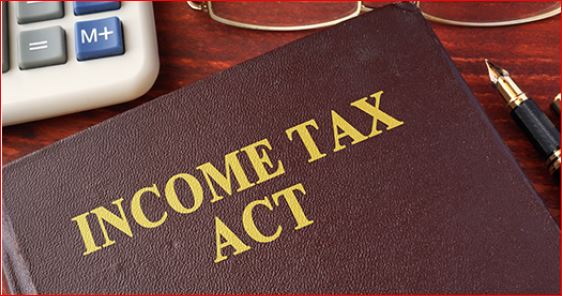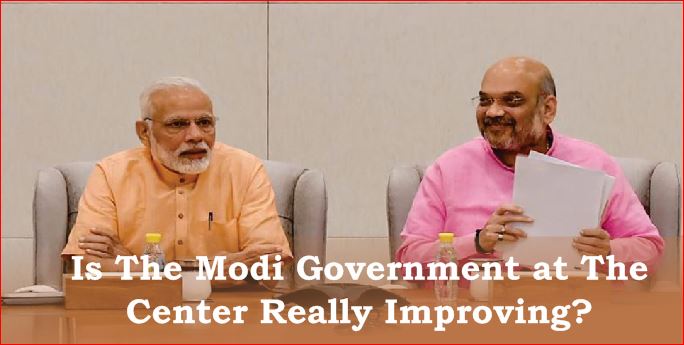
The Maximum Rate of Income Tax Should be 25 Percent
- November 16, 2020
- 0
The new chairman of the PHD Chamber of Commerce and Industry (PHDCCI), Sanjay Aggarwal, said that in the current scenario, there is a need to increase the disposable income of the people by improving the direct tax structure. The maximum personal income tax rate should be 25 per cent so that people have more expendable expenses which will increase the demand in the economy.
Currently, income above R10 lakh is taxed at 30 per cent. Apart from this, education and health cess of 4 percent is also charged under the old system. If a person opts for a new scheme with less discounts then he has to pay 30 per cent tax on the annual income of more than R15 lakh. Apart from this, if the annual income is more than R50 lakh, then cess is also levied which goes up to 37 per cent of the tax rate. It depends on the amount of income.
Agarwal said the focus of the budget should be on prioritizing infrastructure development, increasing the flow of investments, creating a supportive and attractive business environment for companies considering moving their business from other countries to India.
In addition, the budget should enhance the competitiveness of India’s services and manufacturing sector, he said. Spending on education and health should be increased keeping in mind the vision of a self-reliant India.
He said that the last few months of complete lockdown in the country and the changing of malls, gyms, pubs, restaurants, spas, markets running till midnight and mandis have affected small entrepreneurs especially their source of revenue.
He said, “The lockdown stalled demand for MSME products, disrupting the supply chain impacted raw material prices, which increased the cost of production and reduced the price price margins of trading companies.” As a result, cash flow to MSMEs was impacted.
आयकर अधिकतम 25 फीसदी हो : पीएचडीसीसीआई
पीएचडी चैम्बर ऑफ काॅमर्स ऐंड इंडस्ट्री (पीएचडीसीआई) के नए अध्यक्ष संजय अग्रवाल ने कहा कि मौजूदा परिदृश्य में प्रत्यक्ष कर ढांचे में सुधार कर लोगों की खर्च योग्य आय में इजाफा करने की जरूरत है। अधिकतम व्यक्तिगत आयकर की दर 25 फीसदी की जानी चाहिए ताकि लोगां के पास खर्च करने योग्य बढ़े जिससे अर्थव्यवस्था में मांग बढ़ेगी।
फिलहाल, 10 लाख रुपये से अधिक आय पर 30 फीसदी कर लगता है। इसके अलावा पुरानी व्यवस्था के तहत 4 फीसदी का शिक्षा और स्वास्थ्य उपकर भी वसूला जाता है। यदि व्यक्ति कम छूटों वाली नई योजना का चुनाव करता है तो 15 लाख रुपये से अधिक की सालाना आय पर उसे 30 फीसदी कर देना पड़ता है। इसके अलावा यदि सालाना आय 50 लाख रुपये से अधिक है तो उपकर भी लगाया जाता है जो कर दर के 37 फीसदी तक जाता है। यह आय की रकम पर निर्भर करता है।
अग्रवाल ने कहा कि बजट का ध्यान बुनियादी ढांचे के विकास को प्राथमिकता देने, निवेशों के प्रवाह को बढ़ाने, अन्य देशों से भारत में अपना कारोबार स्थानांतरित करने पर विचार कर रही कंपनियों के लिए सहायक और आकर्षक कारोबारी माहौल तैयार करने पर होना चाहिए।
उन्होंने कहा कि इसके अलावा, बजट में भारत के सवेा और विनिर्माण क्षेत्र की प्रतिस्पर्धात्मक क्षमता को बढ़ाया जाना चाहिए। आत्मनिर्भर भारत के दृष्टिकोण को ध्यान में रखते हुए शिक्षा और स्वास्थ्य पर खर्च बढ़ाया जाना चाहिए।
उन्होंने कहा कि देश में पूर्ण लाॅकडाउन के विगत कुछ महीने और माॅल, जिम, पब, रेस्तरां, स्पा, आधी रात तक चलने वाले बाजारों और मंडियों के बंद रहने से छोटे उद्यमियों पर असर पड़ा है विशेषकर उनके राजस्व का स्त्रोत प्रभावित हुआ है।
उन्होंने कहा, ‘लाॅकडाउन ने एमएसएमई उत्पादों की मांग को रोक दिया, आपूर्ति श्रृंखला बाधित होने से कच्चे माल की कीमतों पर असर पड़ा जिससे उत्पादन की लागत बढ़ गई और कारोबारी कंपनियों के कीमत मूल्य मार्जिन घट गई। इसके परिणामस्वरूप एमएसएमई के नकद प्रवाह पर असर पड़ा।’
































































